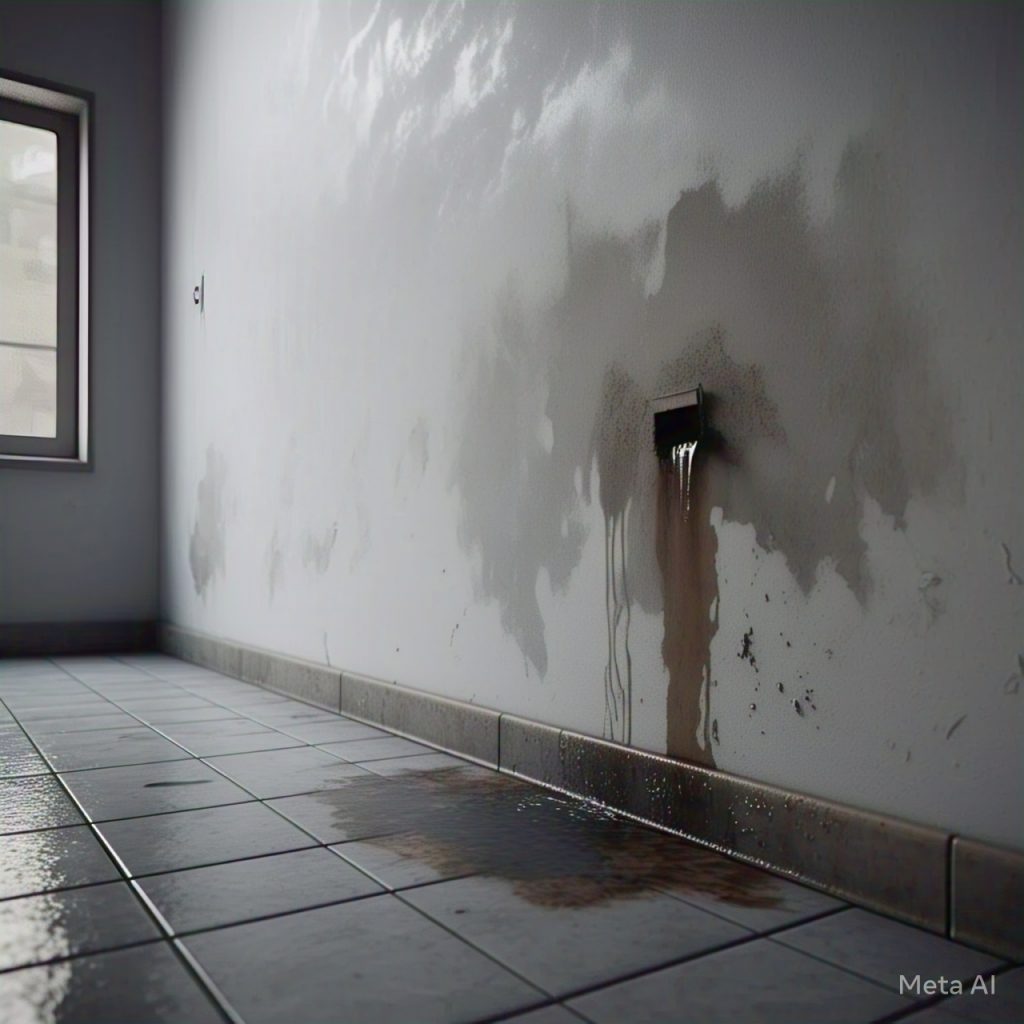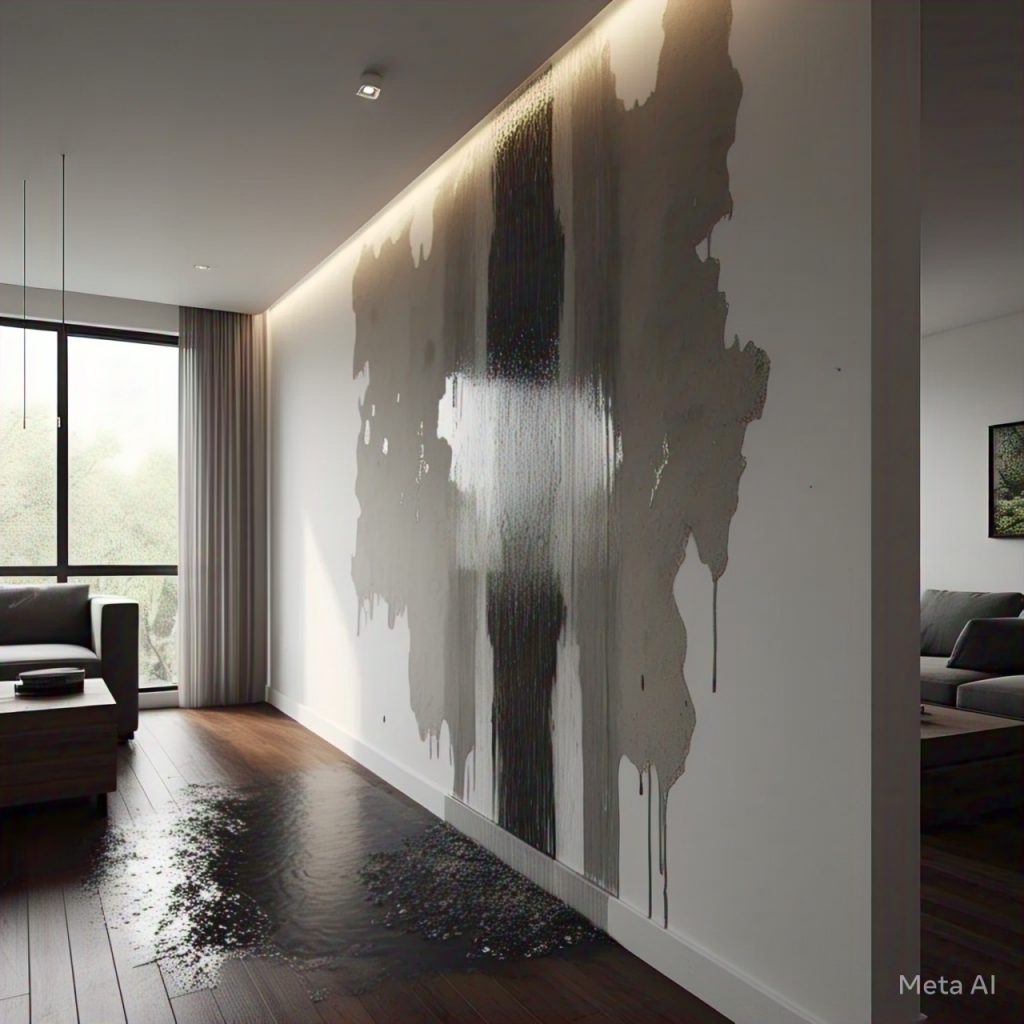Table of Contents
Water leaks can be a homeowner’s worst nightmare, especially when they go unnoticed for long periods. Hidden leaks can lead to structural damage, mold growth, and high water bills. Detecting these leaks early can save you money and prevent costly repairs. In this comprehensive guide, we’ll walk you through the signs of hidden water leaks, how to detect them, and the steps to take to fix them before they cause significant damage.

Why Detecting Hidden Water Leaks is Crucial
Water leaks may seem minor at first, but they can have long-term consequences if left unchecked. Some reasons why detecting hidden leaks is essential include:
- Preventing Structural Damage – Water intrusion can weaken your home’s foundation, walls, and flooring.
- Avoiding Mold Growth – Moisture creates the perfect environment for mold, which can impact indoor air quality and health.
- Reducing Water Bills – A small, unnoticed leak can significantly increase your water bill over time.
- Protecting Belongings – Water damage can ruin furniture, electronics, and personal belongings.
- Avoiding Costly Repairs – Early detection can prevent expensive repairs or full-scale home renovations.

Signs of a Hidden Water Leak
Since hidden water leaks aren’t immediately visible, recognizing the signs is key. Look out for these indicators:
- Unexplained Increase in Water Bills – If your water bill has spiked without an increase in usage, there may be a hidden leak.
- Low Water Pressure – A sudden drop in water pressure can indicate a leak somewhere in your plumbing system.
- Damp or Discolored Walls and Ceilings – Stains, warping, or bubbling paint can signal water damage.
- Musty Odor or Mold Growth – Persistent musty smells and mold patches indicate excess moisture.
- Sound of Running Water – If you hear water running when no taps are on, it could be leaking inside walls.
- Wet or Spongy Floors – Water pooling beneath flooring can lead to soft or warped surfaces.
- Cracks in Walls or Foundation – Water damage can weaken a home’s structure over time.
How to Detect Hidden Water Leaks
If you suspect a hidden water leak, try these detection methods:
1. Check Your Water Meter
A simple way to determine if you have a leak is by checking your water meter.
- Turn off all faucets, appliances, and irrigation systems.
- Locate your water meter and note the reading.
- Wait for 30 minutes to an hour without using any water.
- Check the meter again. If the reading has changed, you likely have a leak.
2. Conduct a Dye Test in Toilets
Toilets are one of the most common sources of leaks.
- Add a few drops of food coloring or a leak detection tablet to the toilet tank.
- Wait for about 15 minutes without flushing.
- If the color appears in the bowl, there’s a leak in the flapper or tank.
3. Inspect Under Sinks and Appliances
Examine the areas under sinks, dishwashers, washing machines, and refrigerators with water lines. Look for puddles, dampness, or mold growth.
4. Use a Moisture Meter
A moisture meter can help detect damp areas inside walls and floors. This tool is especially useful for identifying leaks in drywall or wood surfaces.
5. Monitor Your Water Usage
Compare your monthly water bills to see if there’s an unusual increase in usage. Many water utility companies provide detailed usage reports.
6. Listen for Unusual Sounds
A hissing or dripping sound behind walls could indicate a leak. If you hear running water when all fixtures are off, investigate further.
7. Use a Thermal Imaging Camera
A thermal imaging camera can detect temperature differences in walls and ceilings, highlighting areas with moisture accumulation.
Steps to Fix Hidden Water Leaks
Once you’ve detected a leak, follow these steps to fix it:
1. Shut Off the Water Supply
Turn off the main water supply to prevent further damage while you assess and repair the leak.
2. Identify the Leak Source
Locate the exact point of the leak using the methods mentioned above. If necessary, cut into drywall to access hidden pipes.
3. Repair or Replace Leaking Pipes
Depending on the severity, you may need to:
- Tighten loose fittings.
- Replace worn-out washers or seals.
- Use pipe sealants or epoxy putty for minor leaks.
- Replace damaged sections of pipes if necessary.
4. Dry Out the Affected Area
To prevent mold growth, use fans, dehumidifiers, and towels to dry wet areas thoroughly.
5. Call a Professional if Needed
For major leaks, contact a licensed plumber or water damage restoration specialist to ensure a thorough repair.
Preventing Future Water Leaks
Prevention is key to avoiding costly damage. Implement these measures to reduce the risk of water leaks:
- Regularly inspect plumbing systems for signs of wear and leaks.
- Install water leak detectors that alert you to moisture buildup.
- Keep gutters and downspouts clean to prevent water from seeping into your home.
- Check the water pressure to avoid stressing pipes.
- Replace old plumbing fixtures before they deteriorate.
For immediate assistance with Mold restoration, contact PuroClean Disaster Restoration, Call (+1) 317-467-4436 or (+1) 260-263-9788 for Fort Wayne location
Final Thoughts
Detecting hidden water leaks early can save you from costly repairs, structural damage, and health hazards. By recognizing the signs, using effective detection methods, and taking prompt action, you can protect your home and your finances. If you suspect a hidden leak but can’t locate it, don’t hesitate to call a professional for assistance. Stay proactive, and keep your home dry and secure!

 PuroClean Disaster Restoration
PuroClean Disaster Restoration